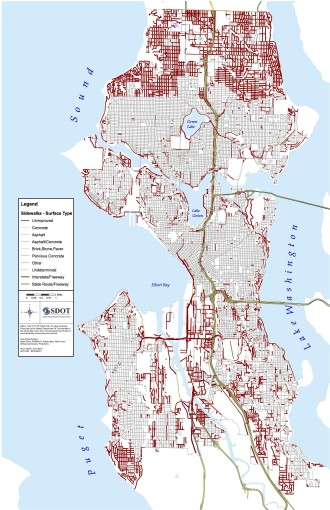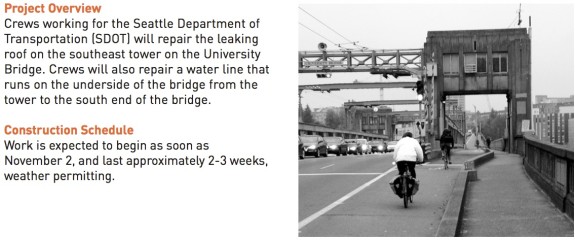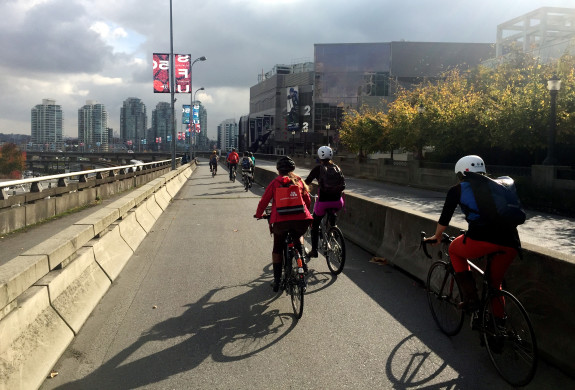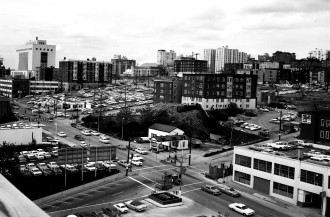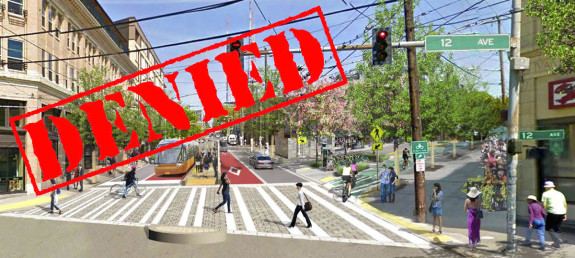Our Halloween Kidical Mass ride was also a #bikethevote ride. Thanks Princess Leia and blue Care Bear! pic.twitter.com/bwgR8Bm6mv
— Madi Carlson (@familyride) November 1, 2015

Did you know there are six ballot drop boxes with easy access to the Burke-Gilman and Sammamish River Trails?
But while a handful of ballot drop boxes in Seattle and King County (map) have good bike access, many are not well connected to the bike network.
When you #BikeTheVote by 8 p.m. Tuesday, you help change that. Because every neighborhood deserves quality bicycle routes, and that takes bold leadership and funding.
If you have already voted, good work! Now make sure your friends, family and co-workers have all voted, too. The higher the turnout, the better the election results will be for safe and efficient transportation.
You can also help with the big last-minute push to get ballots returned. Volunteers have already donated more than 1,000 hours of their time working to get out the vote for Seattle’s YES on Move Seattle Prop. 1 vote.

